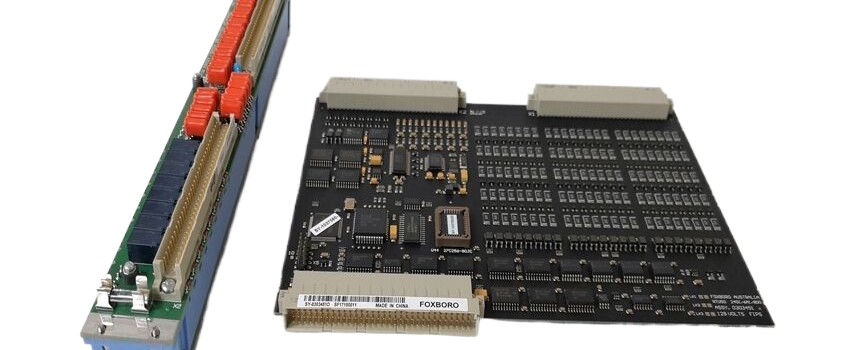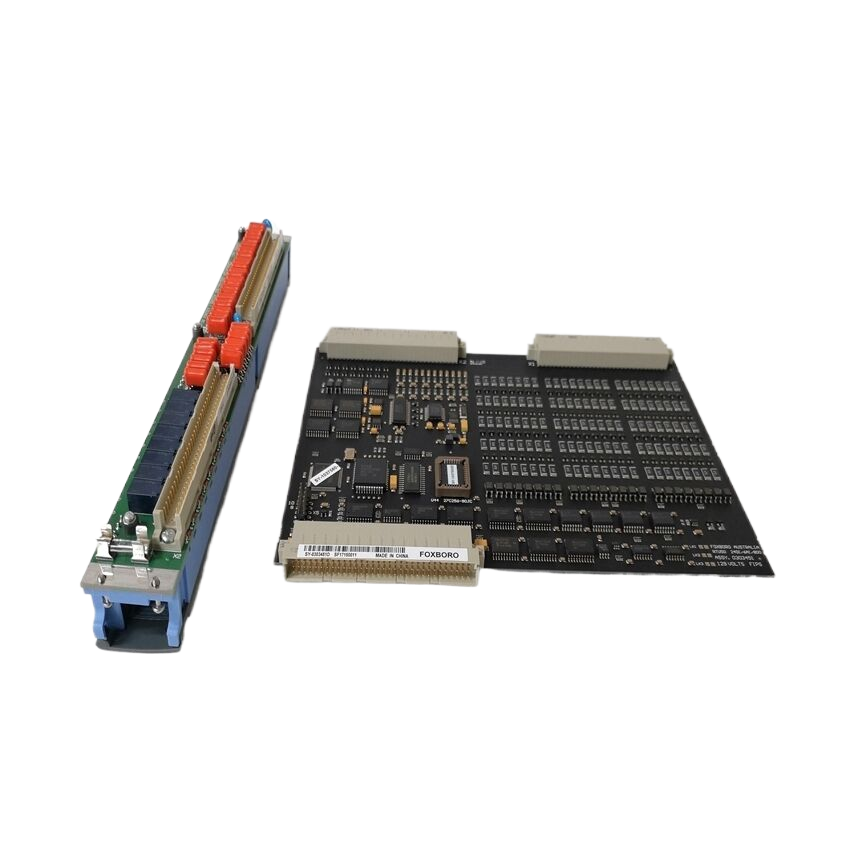
FOXBORO SY-0399095E SY-0303451D+SY-0303460E

However, automated traceability has aways been a particular challenge in the food industry due to the variability of products. An obvious example is that no two bananas are exactly the same, and can vary significantly in shape. Any other given foodstuff can have its own unique set of ingredients, production processes and packaging requirements. An automated traceability system needs to be flexible enough to accommodate these variations and capture relevant data accurately.
The food industry also deals with complex supply chains and multiple stakeholders such as farmers, suppliers, distributors and retailers. The industry is also heavily-regulated, with strict rules and guidelines that manufacturers must comply with to ensure food safety and quality.
Previously, automated traceability systems that could deal with these complex factors were expensive to implement and maintain, requiring significant investments in hardware, software and training. The automated systems themselves were complex, requiring specialised knowledge and expertise to design, implement and operate effectively. They were also difficult to integrate with existing manufacturing processes and IT systems, requiring careful planning and coordination. So, what’s changed since then? The answers include robotics, AI and machine learning.